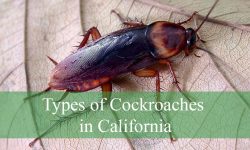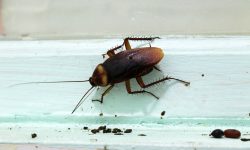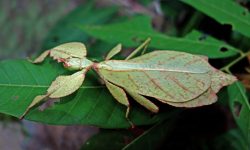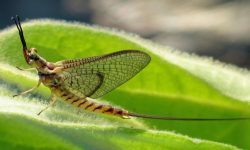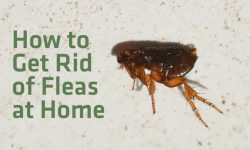Yellow jackets and hornets are two commonly mistaken wasps due to their similar appearances and behaviors. Both belong to the Vespidae family, which includes some of the most aggressive wasps known for their painful stings. However, despite their similarities, there are significant differences in their size, diet, nesting habits, and behavior. Understanding these distinctions can be important for safety, especially when dealing with infestations or avoiding stings in outdoor environments.
In this complete guide, we’ll break down the key characteristics of yellow jackets and hornets, allowing you to identify them easily and understand their behaviors better.
Comparing Yellow Jacket vs Hornet
Characteristic |
Hornet |
Yellow Jacket |
|---|---|---|
Size |
1.3 – 2.2 inches |
Up to 1 inch |
Diet |
Insects, fruit |
Insects, fruit, carrion |
Nest Location |
In trees, inside walls |
Underground |
Nest Type |
Cone-shaped |
Tunnels and cells |
Color |
Brown/yellow, black, red |
Black, yellow |
Aggressive Behavior |
Stings multiple times |
Stings and bites |
Flying Speed |
14 mph |
6-7 mph |
Size Differences
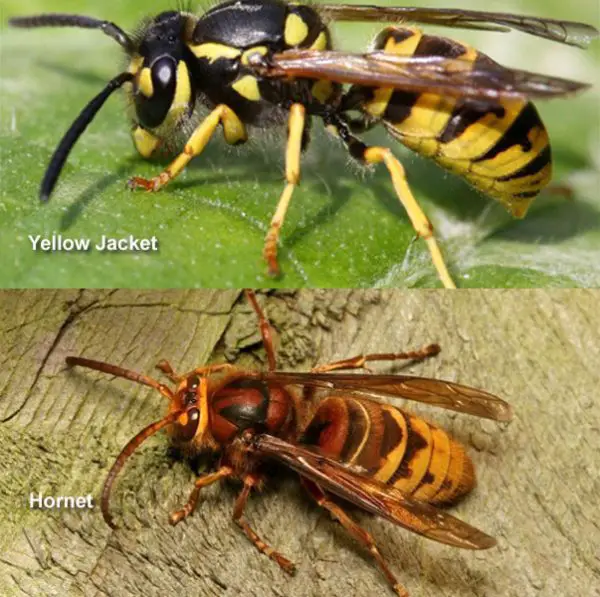
One of the most obvious differences between yellow jackets and hornets is their size. Hornets are larger than yellow jackets, typically growing between 1.3 to 2.2 inches, whereas yellow jackets only reach around 1 inch in length. This size distinction is one of the easiest ways to tell these two wasps apart from a distance.
Both species share similar physical characteristics, such as a narrow waist separating the thorax from the abdomen, six legs, and two pairs of wings. However, the larger body of the hornet gives it a more imposing appearance.
Why Size Matters:
- Hornets, being larger, can carry more venom, which can result in a more painful sting compared to a yellow jacket.
- Yellow jackets are smaller but compensate with their aggressive behavior, often attacking in larger numbers.
Diet: What They Eat
Both yellow jackets and hornets are omnivores, feeding on a mix of insects, fruit, and nectar. However, there is a significant difference in their diets that can affect how and where they are encountered.
Yellow jackets are often referred to as “meat wasps” because they are attracted to carrion (dead animal meat). They scavenge around dumpsters, outdoor barbecues, and picnic areas, where they consume human food, especially meat and sugary substances. This scavenging behavior makes them more of a nuisance around people.
In contrast, hornets primarily feed on live insects like flies, beetles, and caterpillars, which they hunt to feed their colonies. While hornets may also eat fruit, they are not drawn to human food sources as frequently as yellow jackets.
Why Diet Matters:
- Yellow jackets are more likely to be encountered in human environments due to their attraction to food waste and garbage.
- Hornets are beneficial for natural pest control, as they primarily target insects.
Nest Location: Where They Live
Another key difference between these two wasps is where they build their nests. Yellow jackets are known for constructing their nests underground. They often dig into soil or take over abandoned burrows created by small animals. Some species build nests above ground, but the majority prefer underground locations, making their nests harder to find.
In contrast, hornets typically build their nests above ground, often attaching them to tree branches, shrubs, or under the eaves of buildings. Hornet nests are often found in protected areas, such as inside walls or attics. The visible location of hornet nests makes them easier to detect and avoid.
Why Nest Location Matters:
- Yellow jackets’ underground nests are harder to locate, making it easier to accidentally stumble upon them, triggering an aggressive attack.
- Hornet nests are more conspicuous, allowing people to identify and avoid them before coming too close.
Nest Structure: Cone vs. Tunnel
The structure of their nests also differs significantly. Hornets build cone-shaped nests that resemble paper lanterns, often hanging from trees or man-made structures. They construct these nests using wood pulp that they chew and mix with their saliva, creating a papery surface.
Yellow jackets, on the other hand, build tunnel-like nests underground. These nests are complex, with multiple compartments made from wood fibers, forming a structure of cells. The cells house the queen and workers, and some nests can extend several feet below the ground.
Why Nest Structure Matters:
- Hornet nests are more delicate and visible, making it easier to spot and avoid them.
- Yellow jacket nests are hidden underground and can be difficult to locate until the wasps are disturbed.
Coloration: Markings and Colors
While both yellow jackets and hornets are known for their striped patterns, their coloration varies slightly. Yellow jackets have bright yellow and black stripes on their abdomens, making them easily identifiable. These bright colors serve as a warning signal to predators that they are dangerous.
Hornets, however, have a more subdued color palette. They feature a mix of black, brown, and red, with some yellow on their abdomens. This combination of colors gives hornets a darker and more menacing appearance, though they are still capable of delivering painful stings.
Why Coloration Matters:
- Yellow jackets’ bright yellow and black stripes make them more recognizable to people and predators.
- Hornets have a more muted color scheme but are equally dangerous when provoked.
Aggression: Which is More Dangerous?
Both yellow jackets and hornets can be aggressive, but yellow jackets have a reputation for being far more aggressive and unpredictable. Yellow jackets will sting multiple times, and they don’t need much provocation to attack. They are known to defend their nests aggressively and even sting humans unprovoked.
Hornets, on the other hand, are generally less aggressive unless they feel their nest is threatened. While they also sting multiple times, they are less likely to attack without reason. However, when hornets do feel threatened, they can become extremely defensive and attack quickly.
Why Aggression Matters:
- Yellow jackets are more likely to attack humans, especially if they feel their food source or nest is threatened.
- Hornets tend to be more reserved but will fiercely defend their nests when provoked.
Flying Speed: How Fast Can They Fly?
Both yellow jackets and hornets are quick fliers, but hornets are faster. Hornets can fly at speeds of up to 14 mph, making them more efficient predators. Yellow jackets, while aggressive, are slower, flying at an average speed of 6-7 mph. This makes hornets more agile in flight, especially when chasing prey or defending their nests.
Why Flying Speed Matters:
- Hornets’ faster speed makes them more efficient hunters and defenders of their nests.
- Yellow jackets rely on numbers and aggression, rather than speed, to overpower threats.
The Most Aggressive Yellow Jacket: German Yellow Jacket
The German yellow jacket (Vespula germanica) is considered the most aggressive species of yellow jacket. It is an invasive species known for its hyper-aggressive defense of its nests. German yellow jackets will sting repeatedly and are known to follow threats over long distances. These wasps are particularly dangerous around human environments, as they are attracted to food waste and can become a significant nuisance during late summer and fall.
Why German Yellow Jackets Are Dangerous:
- They will aggressively defend their nests and sting multiple times.
- They are attracted to human food sources, increasing the likelihood of conflict.
Conclusion: Which is Worse?
Both yellow jackets and hornets are formidable wasps that demand respect. However, yellow jackets are generally considered more dangerous to humans due to their aggressive behavior and their tendency to sting unprovoked. They are also more likely to be encountered in human environments due to their scavenging behavior.
Hornets, while larger and capable of delivering painful stings, are less likely to attack unless provoked or their nest is disturbed. They are also beneficial in controlling pest populations, as they prey on insects like flies and beetles.
When it comes to avoiding stings, it’s essential to recognize the differences between these two insects. If you suspect an infestation of either yellow jackets or hornets, it’s advisable to seek professional help to safely remove their nests and prevent any dangerous encounters.

